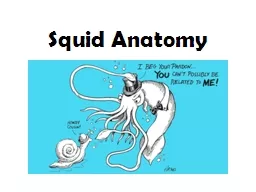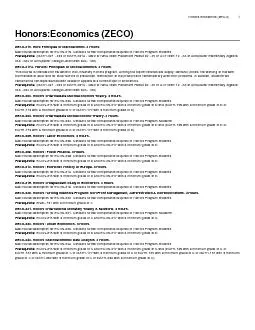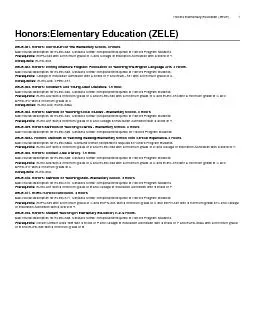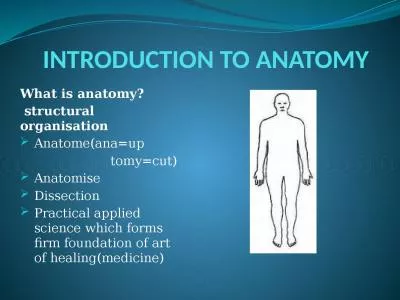PPT-Honors Anatomy Chapter 20
Author : SereneBeauty | Published Date : 2022-07-28
The Lymphatic System Functions Parts returns fluids that have leaked out of blood vessels blood vessels provides structural basis of Immune System lymphatic
Presentation Embed Code
Download Presentation
Download Presentation The PPT/PDF document "Honors Anatomy Chapter 20" is the property of its rightful owner. Permission is granted to download and print the materials on this website for personal, non-commercial use only, and to display it on your personal computer provided you do not modify the materials and that you retain all copyright notices contained in the materials. By downloading content from our website, you accept the terms of this agreement.
Honors Anatomy Chapter 20: Transcript
Download Rules Of Document
"Honors Anatomy Chapter 20"The content belongs to its owner. You may download and print it for personal use, without modification, and keep all copyright notices. By downloading, you agree to these terms.
Related Documents














